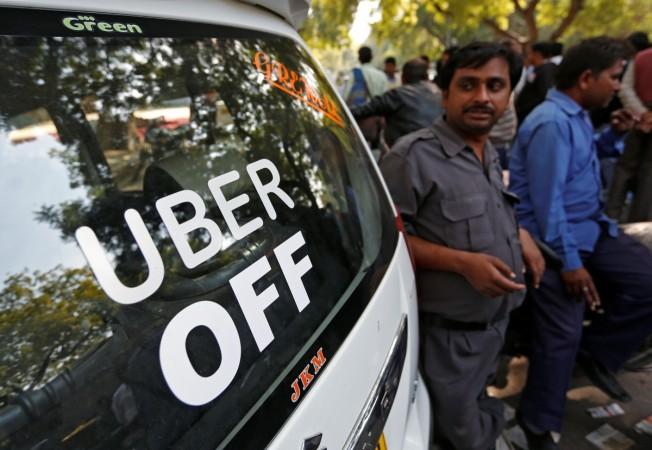
Ride-hailing services Ola and Uber are facing a slow-down in their growth with the number of daily rides increasing only by just 4 percent from 3.5 million to 3.65 million in the last six months, the Economic Times has reported citing industry sources.
The slowdown has led to longer wait times and higher fares. According to the data, the average wait time has jumped from an average 2-4 minutes two years ago to 12-15 minutes, presently. Similarly, the fares have also witnessed a jump of around 15-20 percent in non-peak hours across major cities in India.
In an official statement, Ola said, "While our core mobility categories continue to grow, we have further strengthened our offerings with deeper penetration of first and last miles categories like Ola Autos and Ola Bikes which are now present in over a 100 cities across the country. We are also on track to achieving Mission Electric — our commitment to putting a million electric vehicles on the road by 2021 that will help drive sustainable mobility, for India and the world."

However, Uber has continued to maintain that the company is doing well in India and South Asia. "Our rides business continues to show encouraging growth across India and South Asia. We believe that the future of transport is shared, multi-modal and electric," said an official spokesperson.
In recent months, there has been an exponential cut in driver incentives which has led to supply shortage of the driver partners of these taxi hailing services. This has directly impacted the growth of their businesses. Notably, the growth tanked from 90 percent in 2016, 57 percent in 2017 to 20 percent in 2018.
Moreover, there are other indicators which also have confirmed a bumpy road ahead for the likes of Ola and Uber. The recent fall in the commercial vehicle registrations also showed the same picture. For example, as per the state transport department website, in Maharastra, around 66,683 tourist cabs registered in 2017-18 most of which are associated with Ola and Uber India.
The number slumped in 2018-19 with only 24,386 registration of commercial vehicles. Incentives given to the drivers have cut by over 40 percent in last one year leading to the several cab drivers defaulting on their loan payments. The drivers are abandoning their vehicles sourced through Uber and Ola leasing their program and going back to the profession they were into before partnering with taxi-hailing companies.











